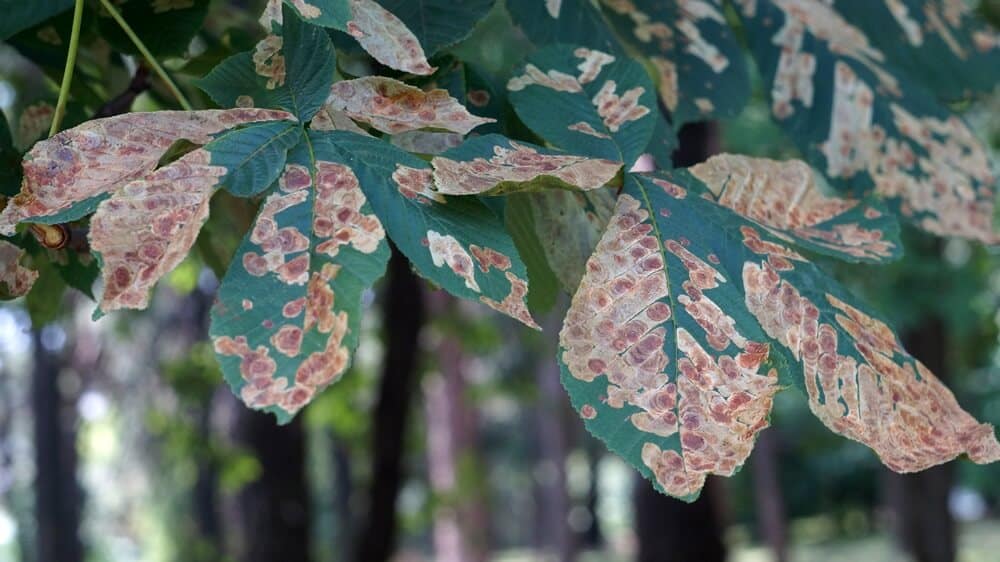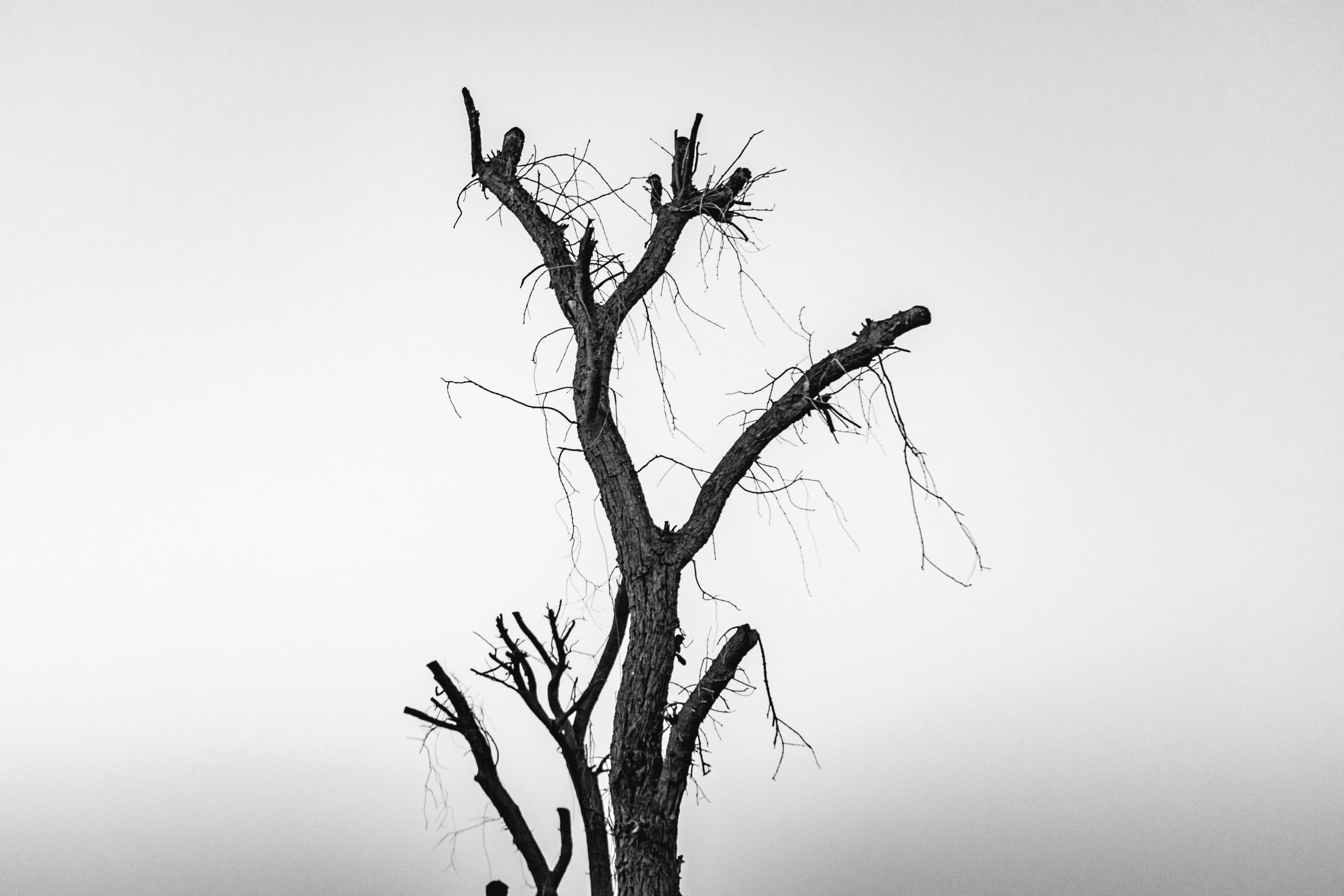Trees, like any living organisms, are susceptible to diseases that can impact their health and vitality. Understanding common tree diseases, how to identify them, and their causes is crucial for maintaining the well-being of our beloved arboreal companions.
In this article, we will explore some prevalent tree diseases, discuss methods for identification, delve into the causes of tree stress, and examine various types of tree diseases.
What are the most common tree diseases?
Several diseases afflict trees worldwide, but some are more prevalent than others. Among the most common tree diseases are:
- Dutch Elm Disease: A devastating fungal infection that affects elm trees, causing wilting, yellowing leaves, and eventual tree death.
- Oak Wilt: Another fungal disease that primarily targets oak trees, leading to leaf discoloration, defoliation, and eventual tree decline.
- Fire Blight: A bacterial infection affecting various fruit trees, including apple and pear, causing blackened, scorched-looking branches and fruit.
- Anthracnose: A fungal disease that impacts a wide range of deciduous trees, resulting in brown spots on leaves, premature defoliation, and twig dieback.
- Phytophthora Root Rot: A soil-borne pathogen that attacks the root system of trees, causing wilting, stunted growth, and decline.
How do you identify tree diseases?

Early detection of tree diseases is crucial for effective management and treatment. Here are some common signs to look for when identifying tree diseases:
- Leaf discoloration: Changes in leaf color, such as yellowing, browning, or blackening, can indicate a disease affecting the foliage.
- Leaf spots or lesions: The presence of irregular spots, lesions, or blotches on leaves may indicate fungal or bacterial infections.
- Wilting or drooping: Trees with wilting or drooping leaves, even during periods of adequate water supply, might be suffering from disease.
- Cankers or lesions on bark: Raised, sunken, or discolored areas on the tree’s bark can be signs of disease or infection.
- Fungal growth: The presence of mushrooms, conks, or fungal growth on the tree’s trunk or branches may signify internal decay or rot.
What is killing my tree?
The demise of a tree can result from various factors, including diseases, pests, environmental stressors, and improper care. Identifying the exact cause of a dying tree can be challenging, but common culprits include:
- Disease: Tree diseases, as mentioned earlier, can weaken the tree’s immune system, leading to its decline and eventual death.
- Pests and insects: Infestations by pests like beetles, borers, or aphids can damage trees, introduce diseases, and disrupt their natural defense mechanisms.
- Environmental stress: Harsh weather conditions, such as drought, excessive heat, cold snaps, or flooding, can place significant stress on trees and contribute to their demise.
- Improper care practices: Incorrect planting techniques, over or under-watering, excessive pruning, or improper fertilization can weaken trees and make them more susceptible to diseases.
Causes & Classifications of Tree Diseases
Tree diseases can stem from various causes, including fungal, bacterial, and viral infections. They can be further classified based on the affected parts of the tree, such as:
Tree Leaves Disease
Leaf diseases predominantly impact the foliage of trees, leading to discoloration, spotting, and defoliation. Examples include anthracnose, leaf spot diseases, and powdery mildew.
Tree Bark Disease
Bark diseases affect the tree’s protective outer layer, often causing cankers, lesions, or cracking. Dutch Elm Disease and canker diseases like Hypoxylon canker are common examples.
Tree Root Disease
Root diseases primarily target the tree’s underground system, compromising its ability to absorb water and nutrients. Phytophthora Root Rot and Armillaria Root Rot are prevalent root diseases.
Tree Disease Identification and Treatment
Accurate identification of tree diseases is vital for implementing effective treatment strategies. Consulting with a certified arborist or tree care professional can greatly assist in diagnosing and treating tree diseases. Treatment options may include:
- Pruning: Removing infected branches or foliage to prevent the spread of disease and encourage healthy growth.
- Chemical treatments: In some cases, fungicides or bactericides may be applied to manage the disease and protect the tree.
- Improving tree health: Enhancing overall tree health through proper watering, fertilization, and mulching can boost the tree’s immune system and aid in disease resistance.
- Preventive measures: Regular inspections, prompt removal of infected plant material, and practicing good tree care techniques can prevent disease outbreaks.
By understanding common tree diseases, recognizing their symptoms, and implementing appropriate management strategies, we can help protect and preserve the trees that grace our landscapes.
Trees not only enhance the beauty of our surroundings but also provide numerous ecological benefits, making their health and well-being worthy of our attention and care.

